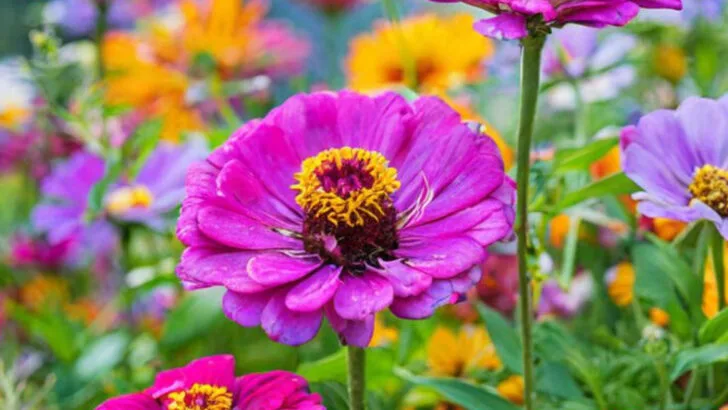Deadheading—removing spent blooms—is a go-to gardening tip. But what if we told you that some flowers bloom better when you leave them alone? That’s right: there are beautiful, long-lasting blooms that thrive without constant pruning, making them ideal for busy gardeners or anyone craving effortless color.
In this article, we’re highlighting 20 flowers that actually bloom longer when you skip the deadheading. From self-cleaning annuals to perennials that reseed themselves, these plants keep the show going without the extra maintenance. That means more time enjoying your garden—and less time with clippers in hand.
At Plantisima, we know that low-maintenance beauty is the ultimate gardening win. Whether you’re cultivating a wild cottage-style yard or a tidy balcony container garden, these unfussy flowers will reward you with season-long color—no deadheading required.
Daylilies
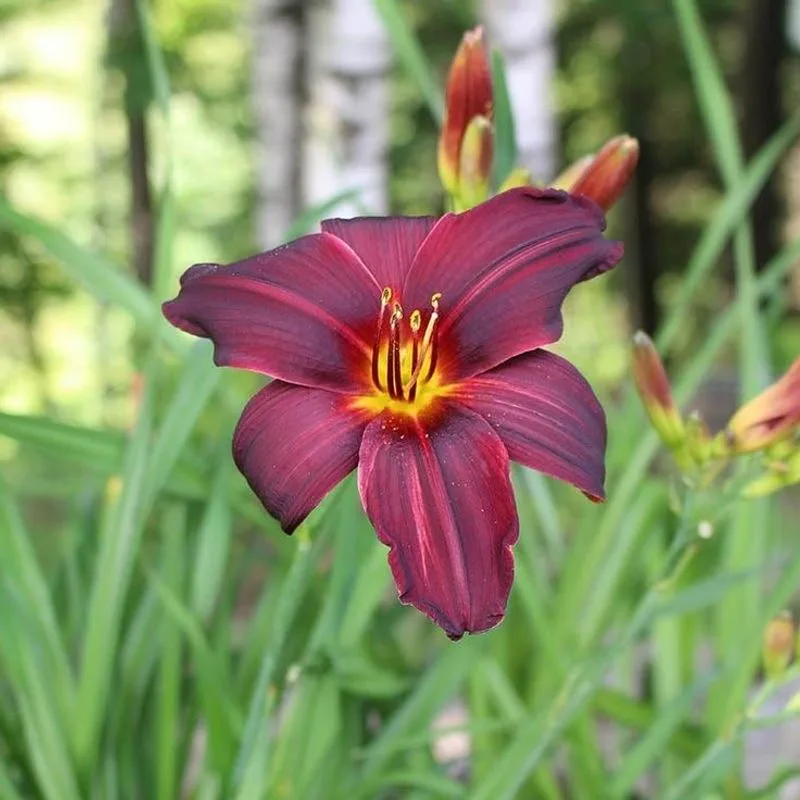
Daylilies have a carefree spirit, thriving with minimal interference. These beauties bloom profusely without needing to be deadheaded. Each flower lasts just a day, but the plant continues to produce new flowers in succession. Leaving the spent blooms won’t hinder their beauty or performance. They are perfect for gardeners who prefer a hands-off approach. Daylilies come in various vibrant shades, decorating gardens with their cheerful presence. Letting nature take its course allows them to display their full potential, providing continuous bloom throughout the summer months without extra effort.
Coneflowers
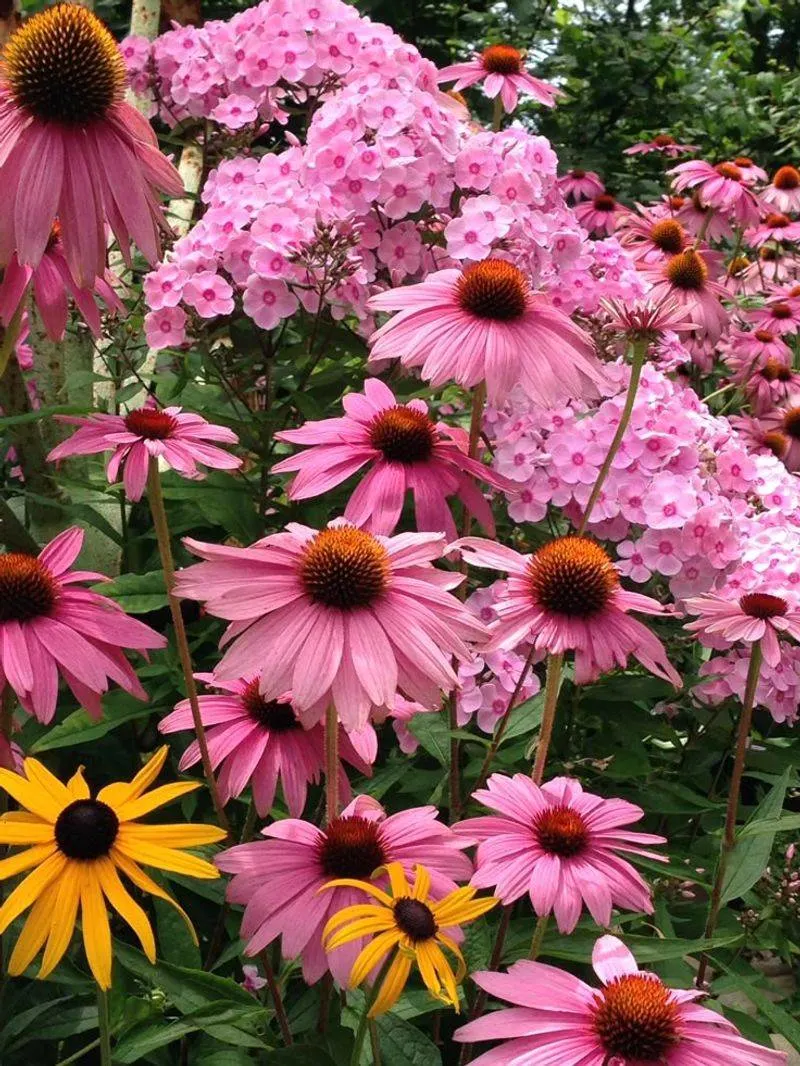
Coneflowers are a staple in any garden, offering beauty and resilience. Their daisy-like flowers attract pollinators, and they continue to bloom well without deadheading. These hardy plants are drought-tolerant and thrive in sunny spots. Once the petals fade, the seed heads serve as a delightful food source for birds. Allowing coneflowers to go to seed not only extends their blooming period but also supports local wildlife. Their ability to adapt and flourish with little care makes them a gardener’s favorite.
Zinnias
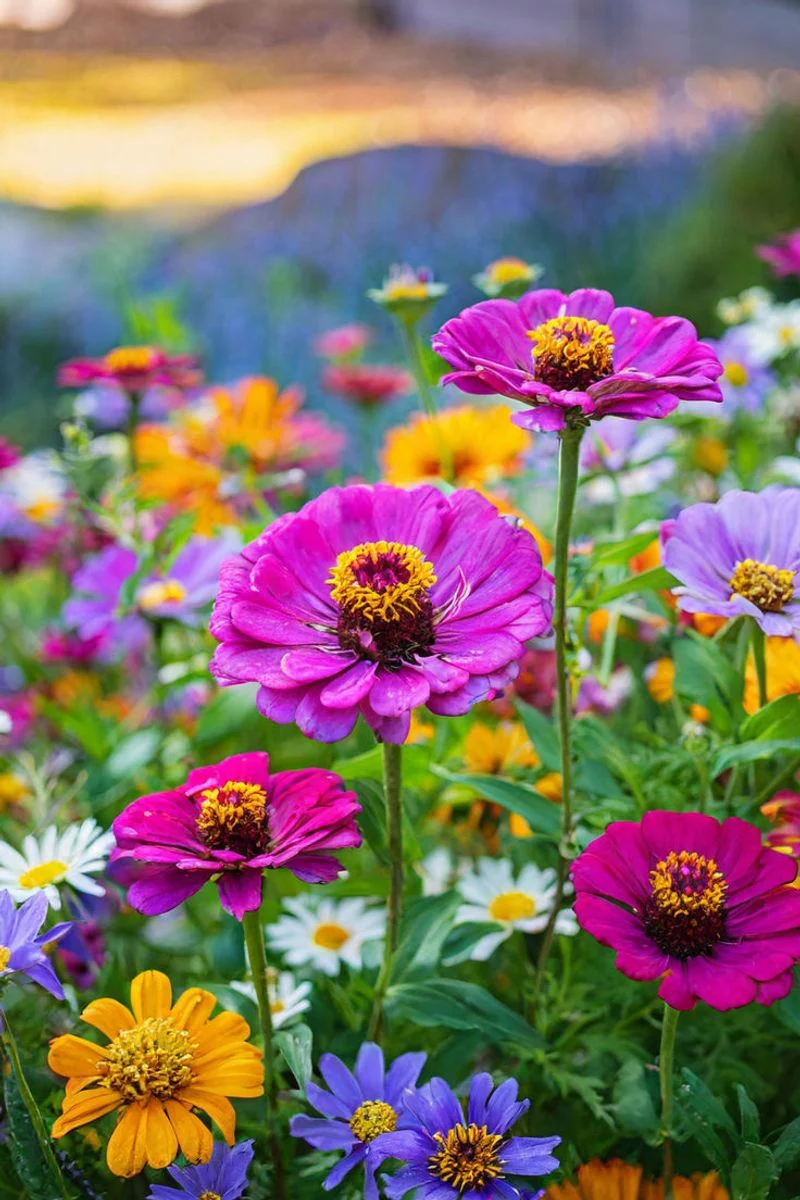
Zinnias offer a burst of color and joy, making any garden lively. These annuals don’t mind a bit of neglect and keep blooming without the need for strict deadheading. Their bold, bright blossoms continue to flourish throughout the season. Letting some flowers go to seed can even encourage more blooms. Zinnias are perfect for cut flowers, adding vibrancy to bouquets. Their carefree nature and long-lasting blooms make them ideal for novice gardeners or those seeking effortless beauty.
Lavender
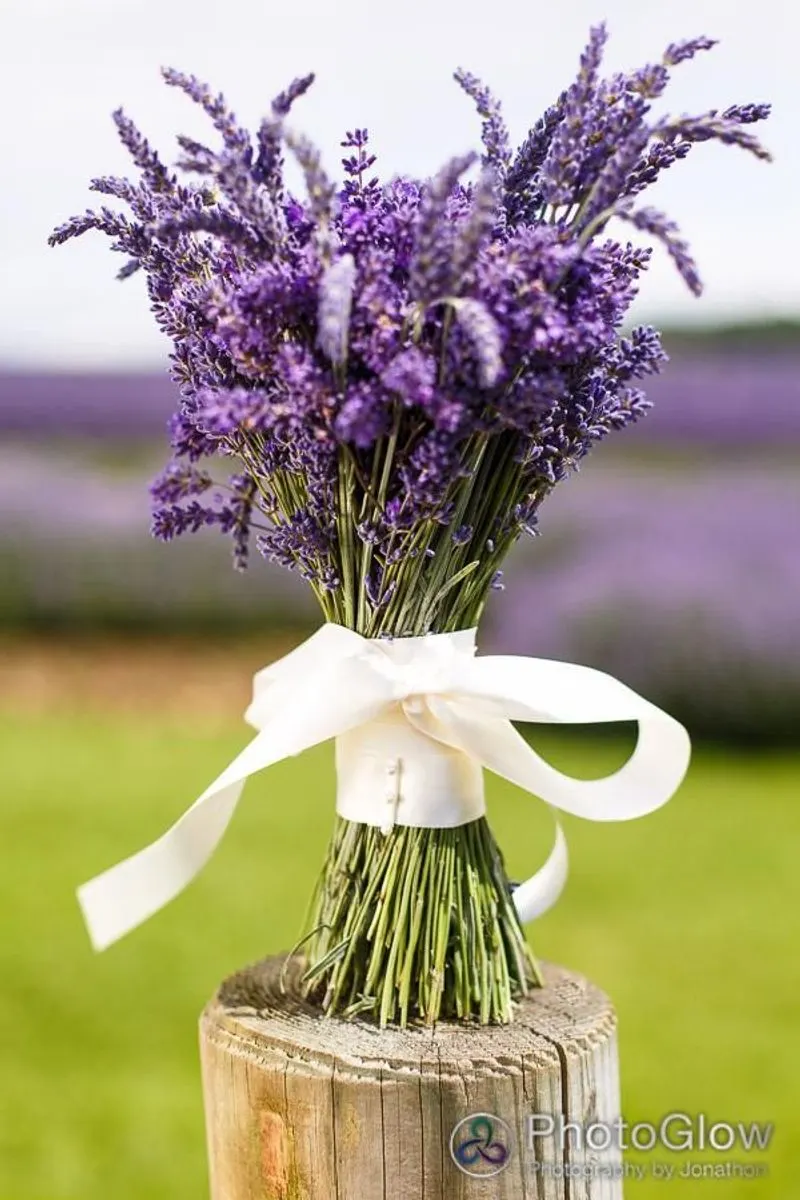
Lavender exudes tranquility and grace, known for its soothing fragrance and lovely purple spikes. It blooms beautifully without needing deadheading. Allowing the flowers to remain can attract pollinators and add a charming rustic touch. Lavender’s long-lasting blooms and enticing aroma make it a garden favorite. Though often used in culinary and aromatic applications, in the garden, it stands as a testament to resilience and beauty, thriving in well-drained soil with minimal care.
Bee Balm
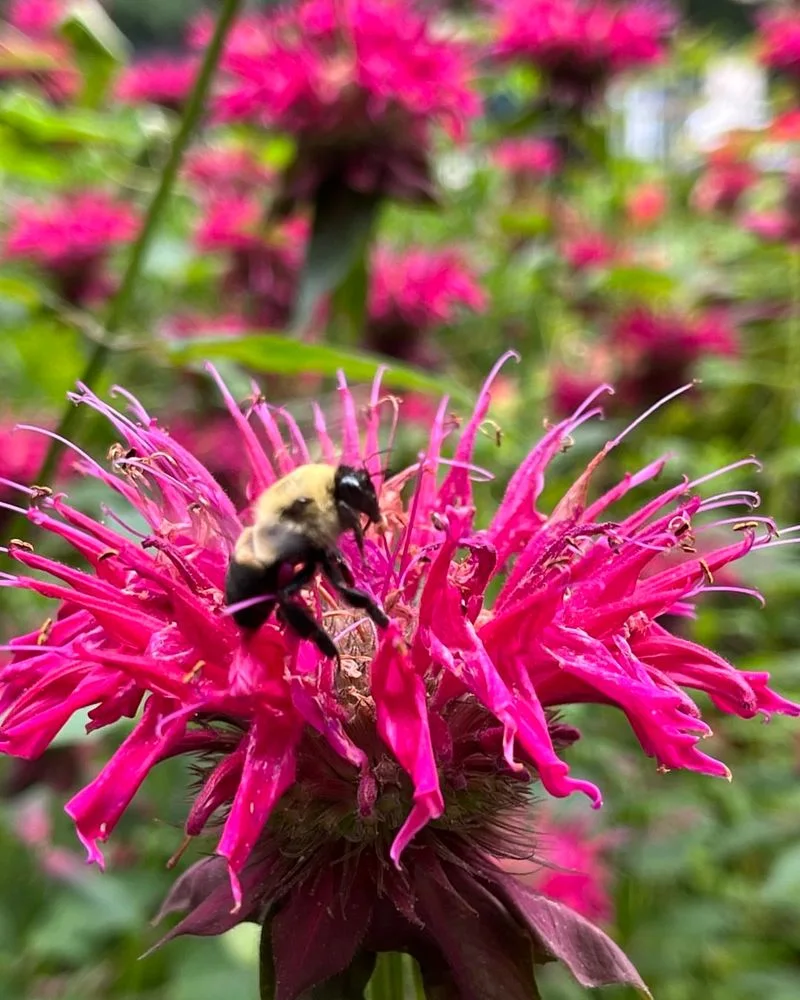
Bee Balm adds a splash of vibrant color to gardens, attracting pollinators like bees and hummingbirds. These plants bloom longer when left to their own devices. The spent flowers eventually turn into interesting seed heads, offering winter interest. Bee Balm’s ability to flourish without deadheading makes it a practical choice for those seeking vibrant blooms with minimal maintenance. Its aromatic leaves and bright blossoms create a lively atmosphere, perfect for a summer garden.
Black-Eyed Susans
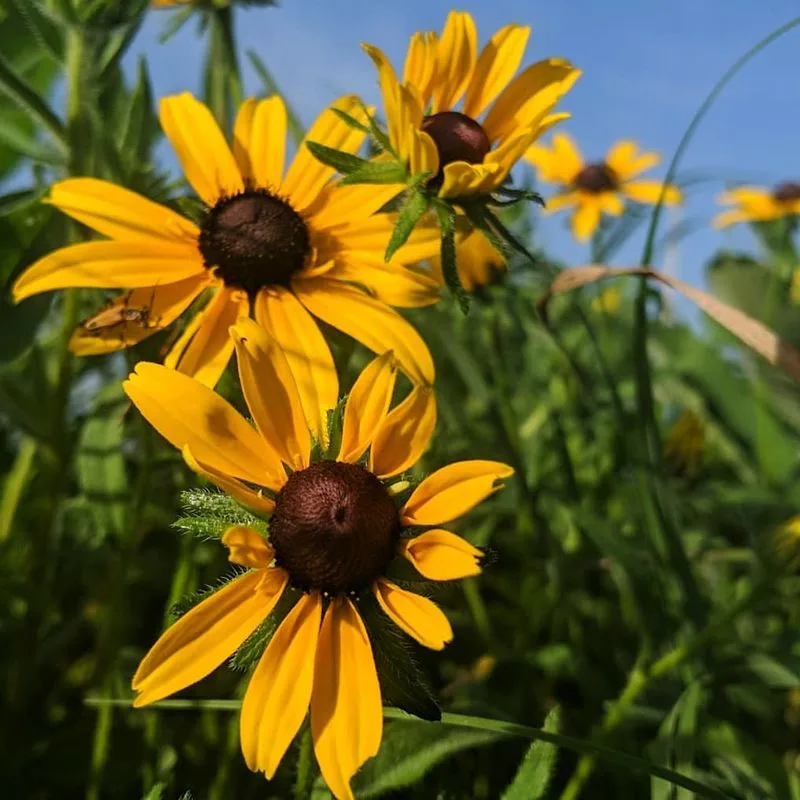
Black-Eyed Susans bring warmth and cheer with their golden-yellow blooms. They thrive in sunny locations and continue to flower without the need for deadheading. These resilient plants are beloved by pollinators, adding life to any garden space. Their dark centers stand in striking contrast to the bright petals, creating a vibrant display. Allowing them to go to seed can attract birds, providing natural entertainment. Black-Eyed Susans are synonymous with effortless beauty and charm.
Coreopsis
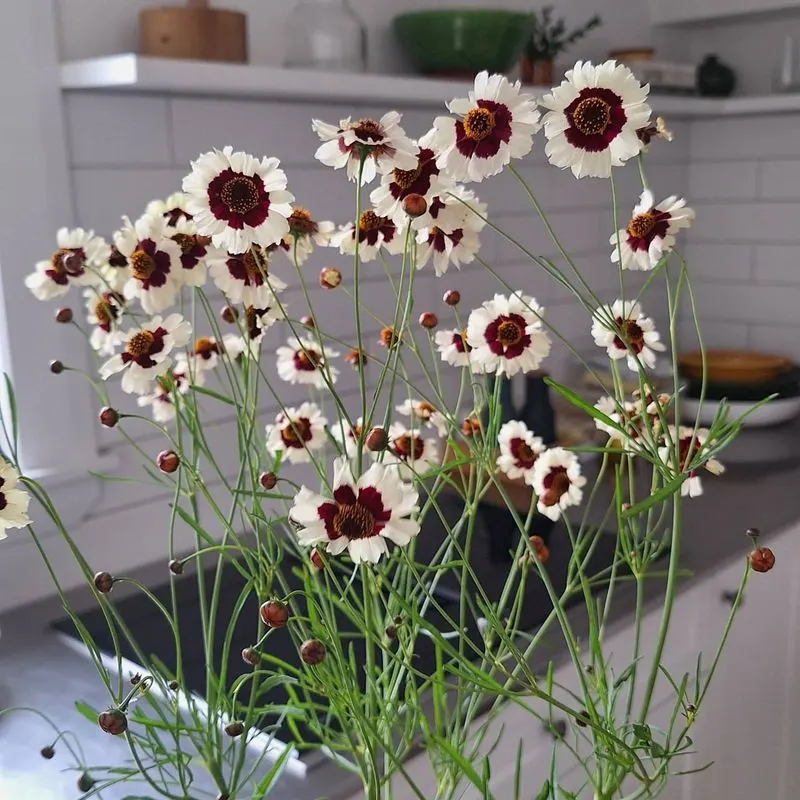
Coreopsis dazzles with its sunny blooms, requiring little care to flourish. These plants flower abundantly without the need for deadheading, making them a gardener’s delight. Their bright, daisy-like flowers offer a cheerful display and attract butterflies. As the blossoms fade, they leave behind seed heads that add texture and interest. Coreopsis is perfect for gardeners seeking vibrant, low-maintenance plants that continue to bloom and brighten up the garden all season long.
Yarrow
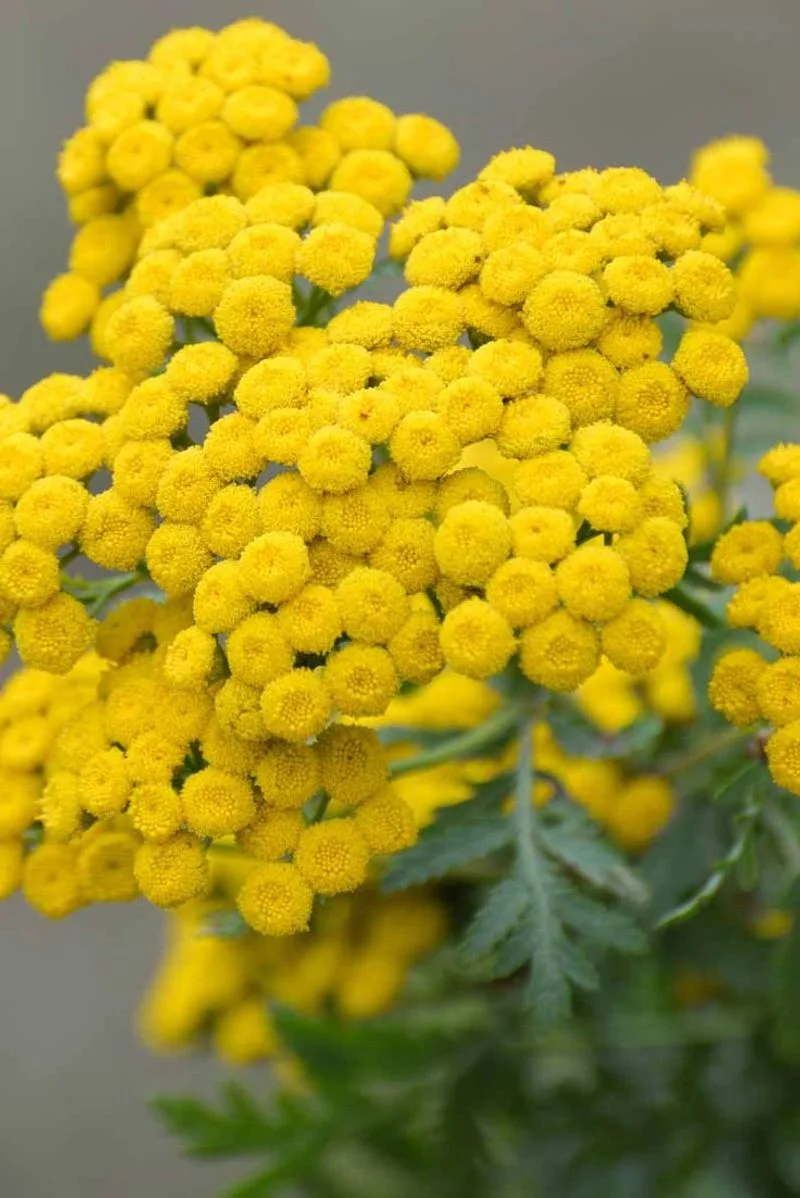
Yarrow’s delicate clusters of flowers bring a wild grace to any garden. Known for its hardiness, it thrives in various conditions and continues to bloom without deadheading. Yarrows are drought-resistant and attract beneficial insects, supporting the garden ecosystem. Their feathery foliage and colorful blooms make them a versatile choice. Leaving the spent flowers can add winter interest, as the plant’s structure remains appealing even when the blooms are gone.
Astilbe
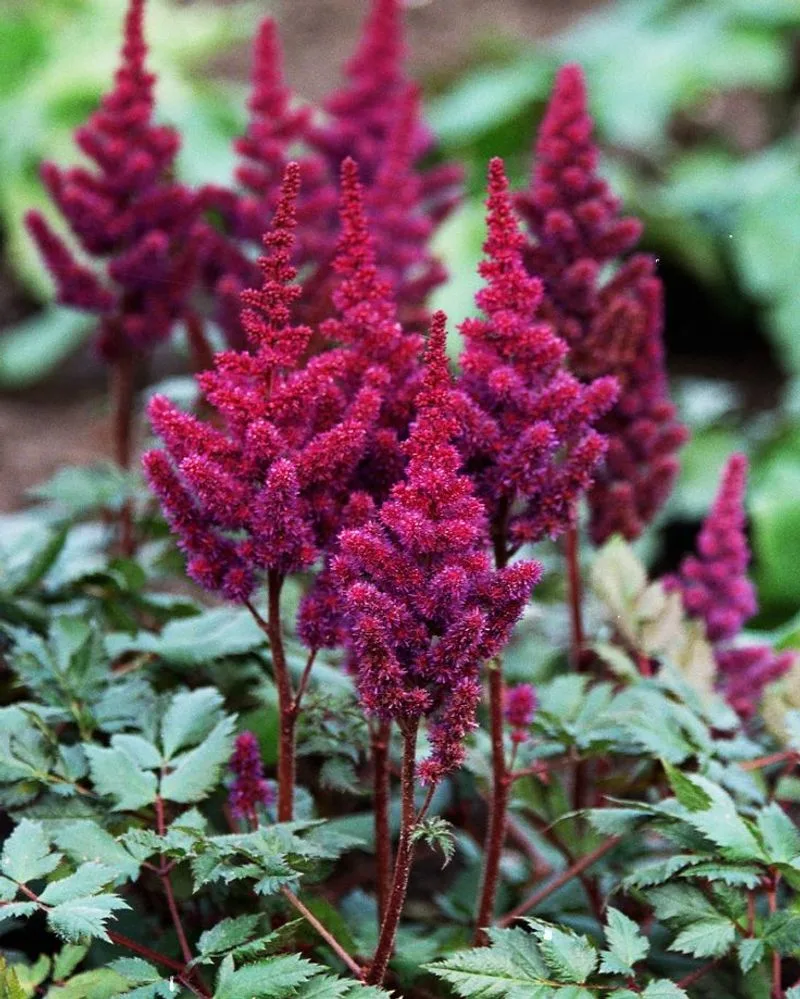
Astilbe adds an elegant touch with its feathery plumes and vibrant colors. These shade-loving plants bloom beautifully without deadheading, making them ideal for those who prefer minimal maintenance. Astilbe’s flowers provide a striking contrast against their lush foliage, creating a visually appealing display. The plant’s ability to thrive in shaded areas makes it a valuable addition to woodland gardens. Its long-lasting blooms and graceful form are perfect for enhancing any garden space.
Globe Thistle
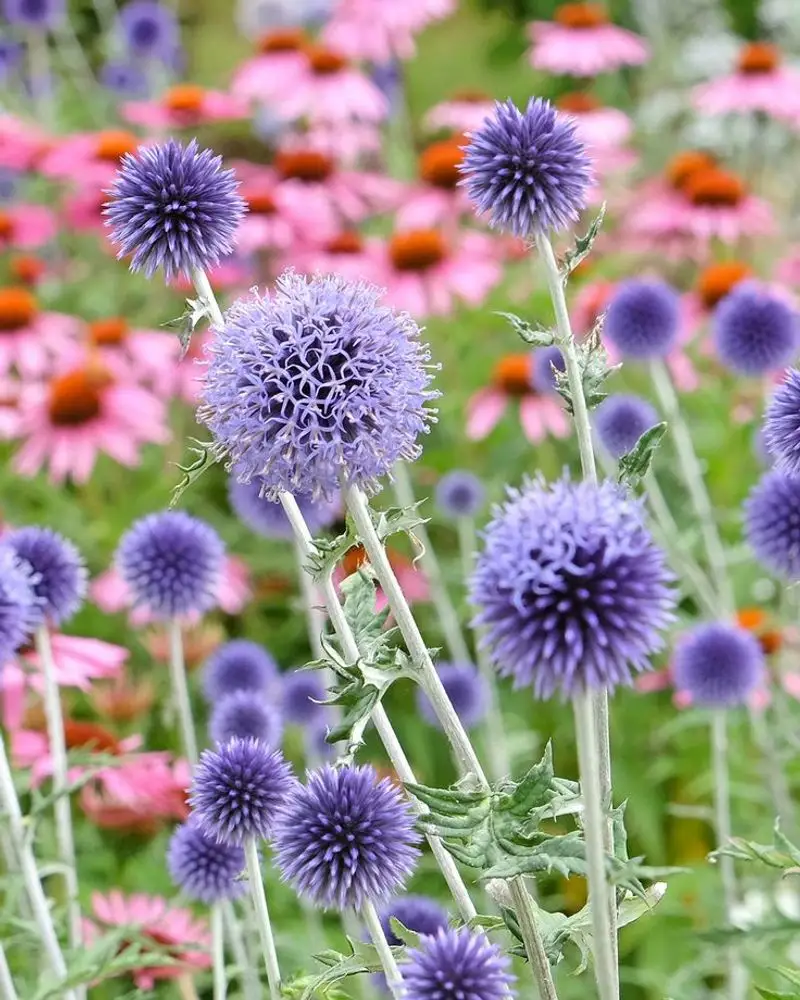
Globe Thistle stands out with its distinctive spiky blooms in stunning shades of blue and purple. These unique flowers continue to bloom without deadheading, offering architectural interest to gardens. The plant’s bold appearance and drought tolerance make it a favorite among minimalist gardeners. As the flowers fade, they transform into intriguing seed heads that attract birds. Globe Thistle’s resilience and striking form make it a fantastic addition to any garden, offering both beauty and ecological benefits.
Sedum
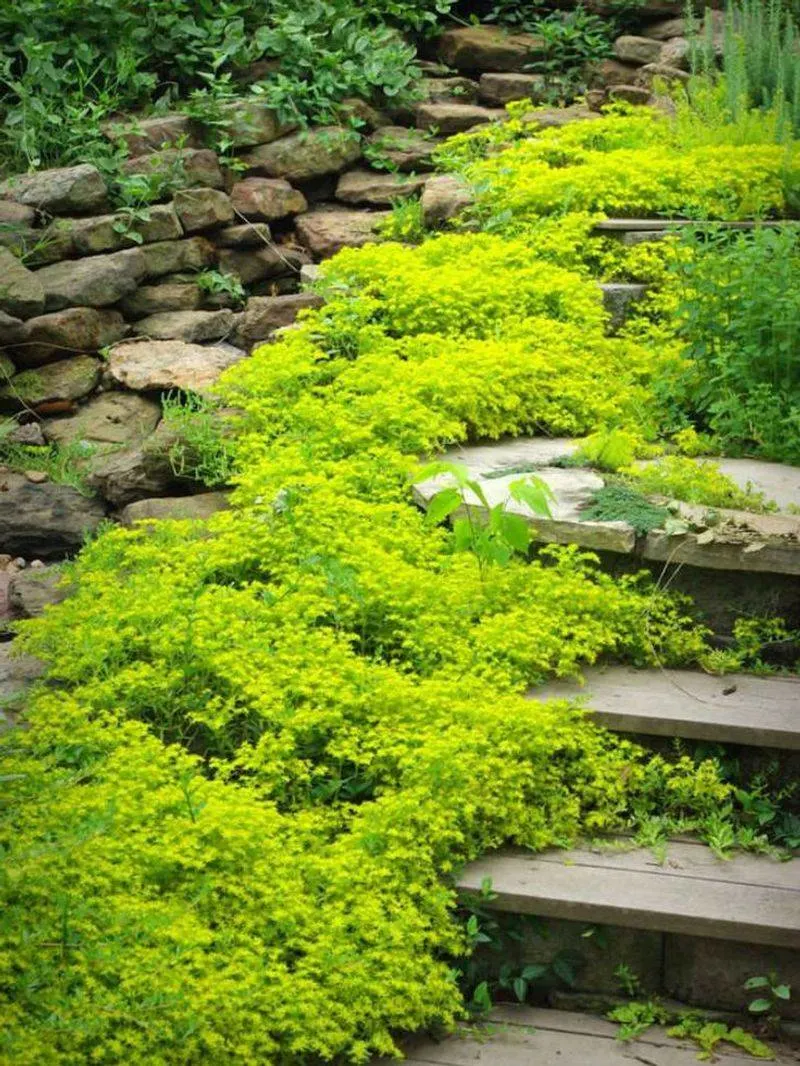
Sedum, known for its succulent foliage, offers an array of colors and textures. These hardy plants bloom without the need for deadheading, providing a reliable display of flowers. Sedum’s adaptability to different conditions makes it a popular choice for rock gardens and borders. The plant’s blooms attract pollinators, enhancing the garden’s biodiversity. As a low-maintenance option, sedum’s long-lasting flowers and unique appearance make it a valuable addition to any gardener’s palette.
Salvia
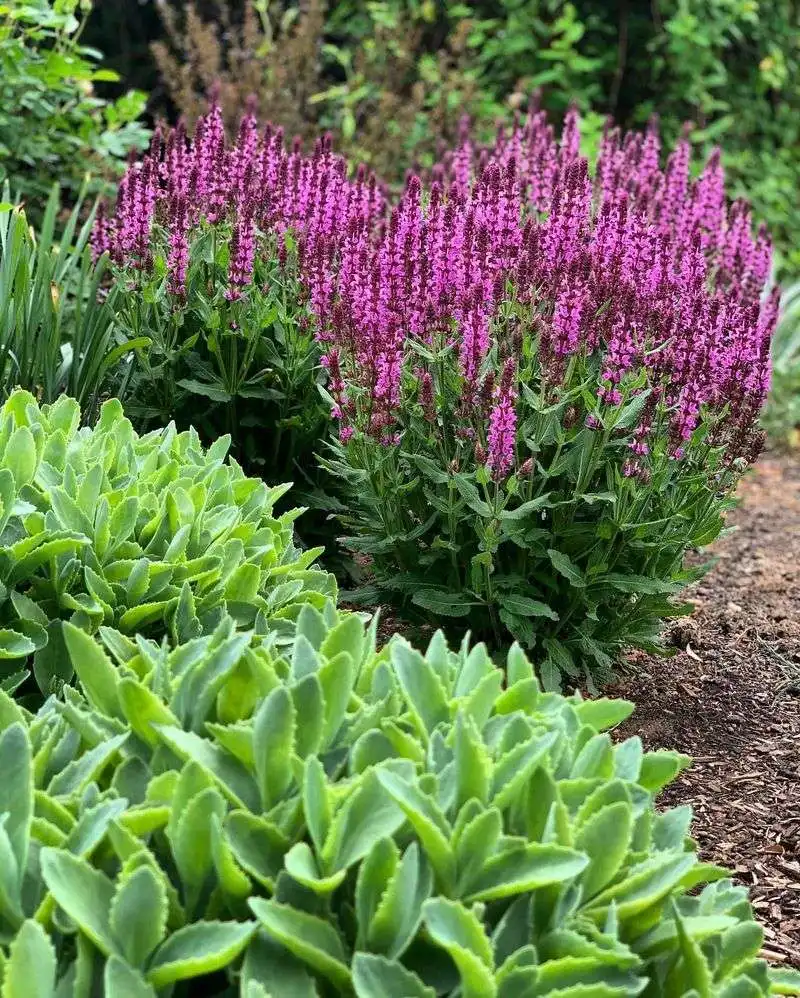
Salvia enchants with its vibrant spikes of blue, purple, or red, offering a bold statement in the garden. These plants thrive without deadheading, continuing to bloom and attract pollinators. Salvia’s aromatic foliage and colorful flowers make it a favorite among gardeners seeking both beauty and utility. As the flowers fade, they turn into charming seed heads that add interest. Salvia’s resilience and ease of care make it perfect for borders and mass plantings, delivering long-lasting color.
Goldenrod
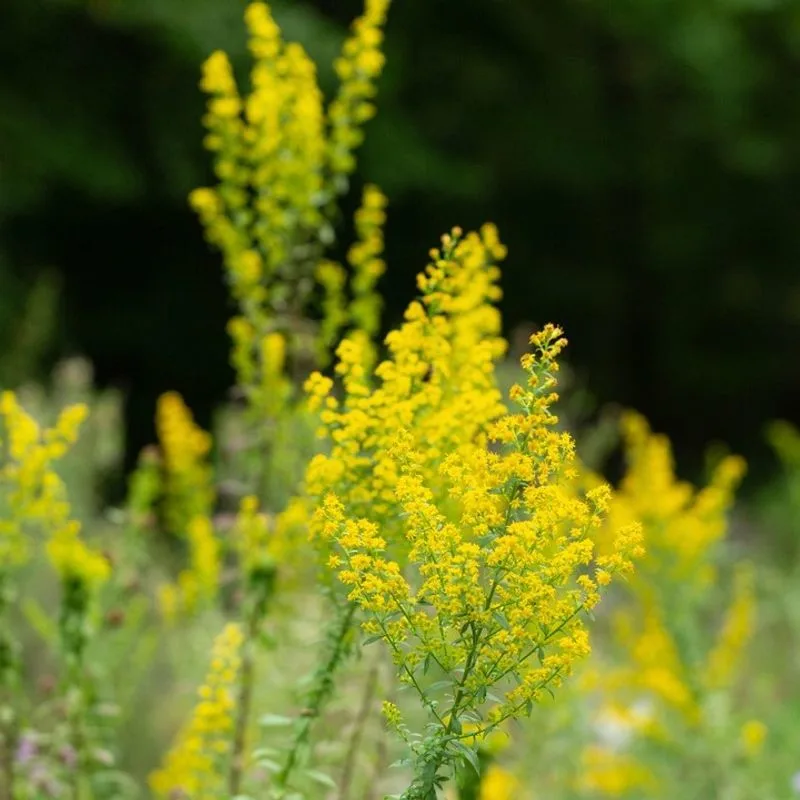
Goldenrod adds a touch of sunshine to any landscape with its bright yellow flowers. These plants flourish without the need for deadheading and support a myriad of pollinators. Known for their hardiness, goldenrods are drought-tolerant and adapt to various conditions. They add a pop of color late in the season when other blooms have faded. Goldenrod’s ability to thrive with minimal care makes it a valuable addition to wildflower gardens and naturalized areas.
Sedum Autumn Joy
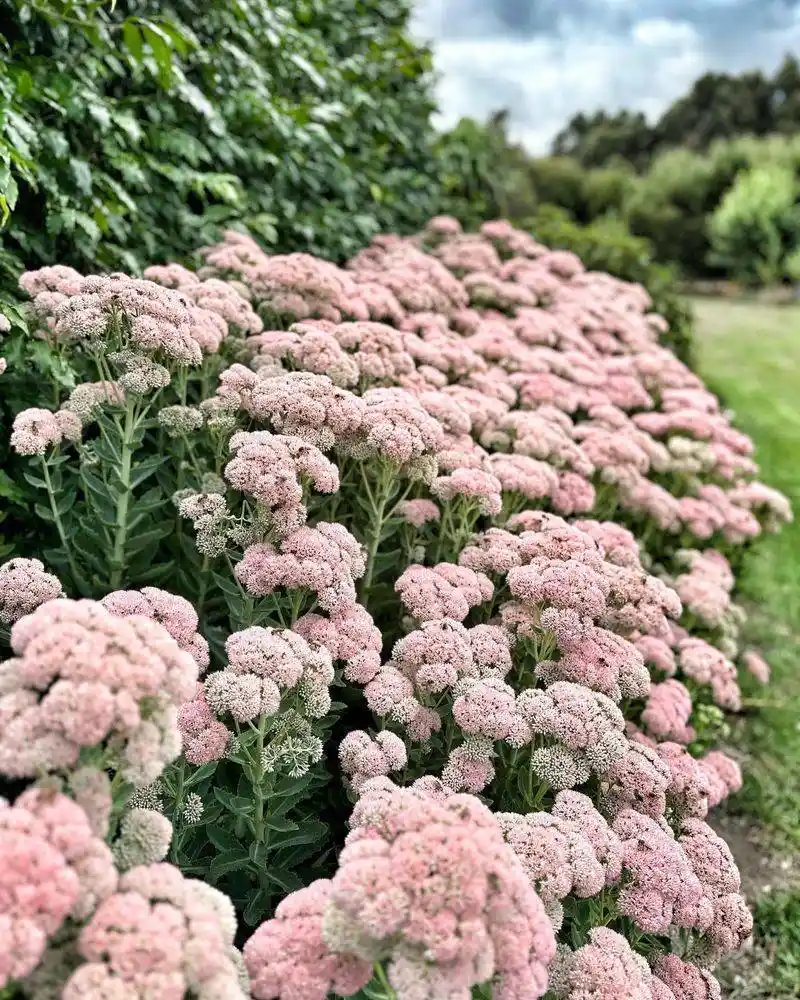
Sedum Autumn Joy offers a fascinating transformation as the seasons change. Its blooms start as pale green, turning to pink, and finally a rich copper in the fall. This plant requires no deadheading and continues to provide visual interest throughout the year. Its succulent leaves store water, making it drought-resistant and low maintenance. Sedum Autumn Joy attracts bees and butterflies, supporting the garden’s ecosystem. Its unique seasonal display and resilience make it a standout choice for gardeners.
Asters
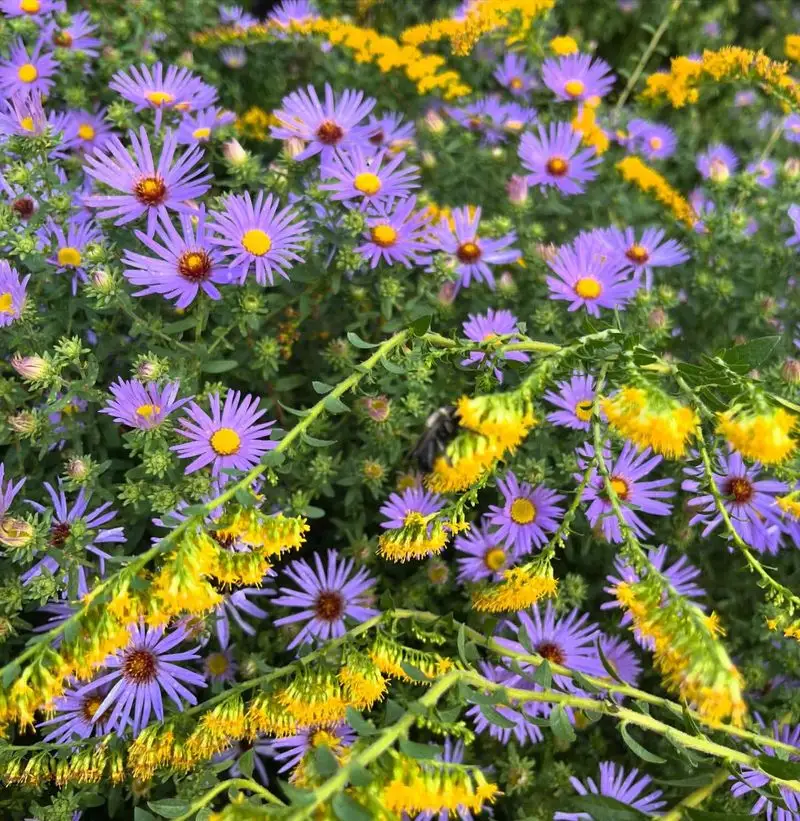
Asters bring a burst of color in late summer, offering a stunning display without deadheading. These perennial favorites continue to bloom and attract pollinators like bees and butterflies. Asters’ daisy-like flowers come in a range of colors, adding diversity to any garden. Their hardiness and ability to thrive in various conditions make them a reliable choice. Allowing asters to go to seed can provide food for birds, enhancing the garden’s wildlife appeal.
Russian Sage
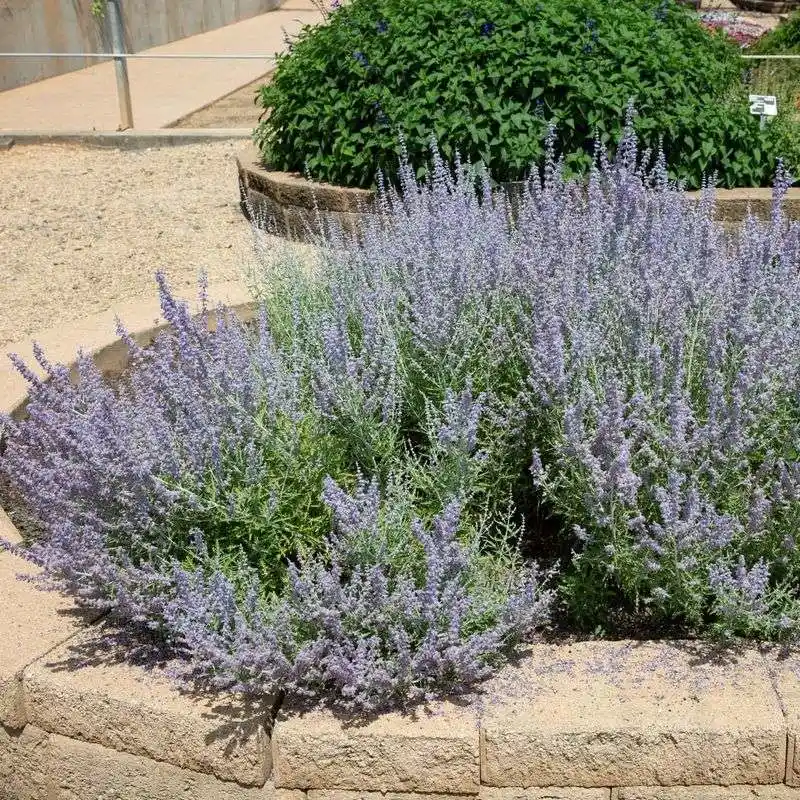
Russian Sage captivates with its airy spikes of lavender flowers and silvery foliage. These plants bloom profusely without deadheading, offering a stunning display throughout the summer. Russian Sage is drought-tolerant and thrives in sunny, well-drained areas. Its aromatic leaves and delicate blooms attract pollinators, adding life to the garden. The plant’s resilience and ornamental appeal make it a favorite for low-maintenance landscapes, providing color and texture without extra effort.
Catmint
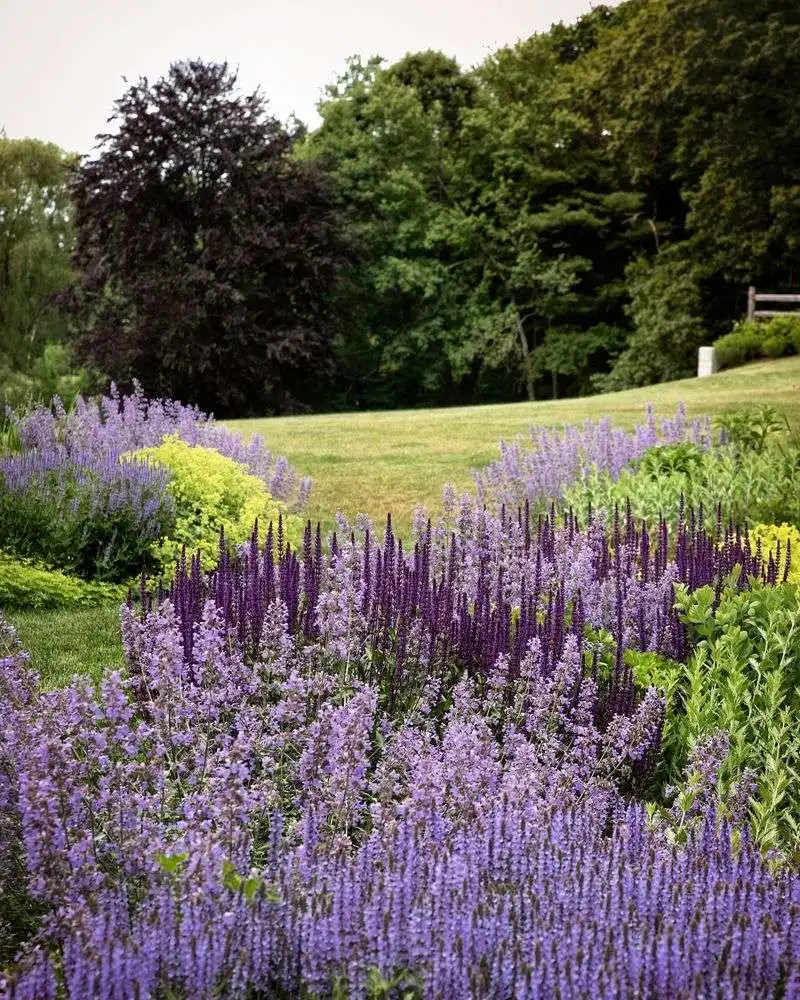
Catmint offers a soft, romantic touch with its lavender-blue flowers and aromatic foliage. These plants bloom continuously without deadheading, making them perfect for relaxed gardening. Catmint’s sprawling habit and charming blooms attract pollinators, enhancing the garden’s biodiversity. Its resilience and easy care make it suitable for borders and cottage gardens. The plant’s soothing fragrance and long-lasting display create a serene garden atmosphere, inviting both people and pollinators alike.
Blanket Flower
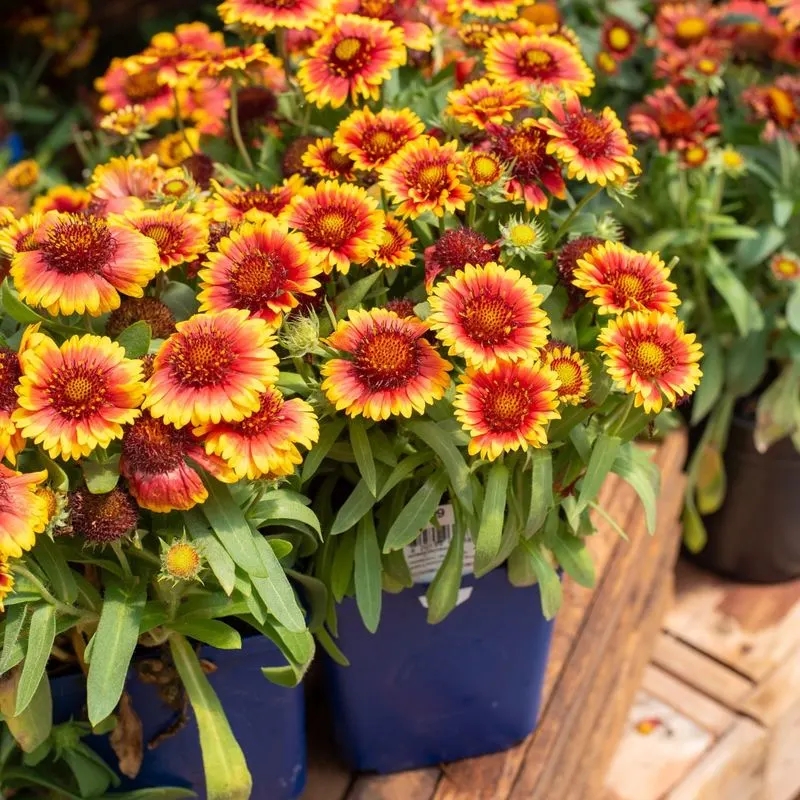
Blanket Flower bursts with energy and color, offering a lively addition to gardens. These plants thrive without deadheading, continuing to produce bright blooms throughout the season. Their vibrant red and yellow petals create a striking contrast, attracting pollinators like bees and butterflies. As the flowers fade, decorative seed heads appear, providing food for birds. Blanket Flower’s cheerful nature and minimal care requirements make it a delightful choice for sunny spots.
Gaura
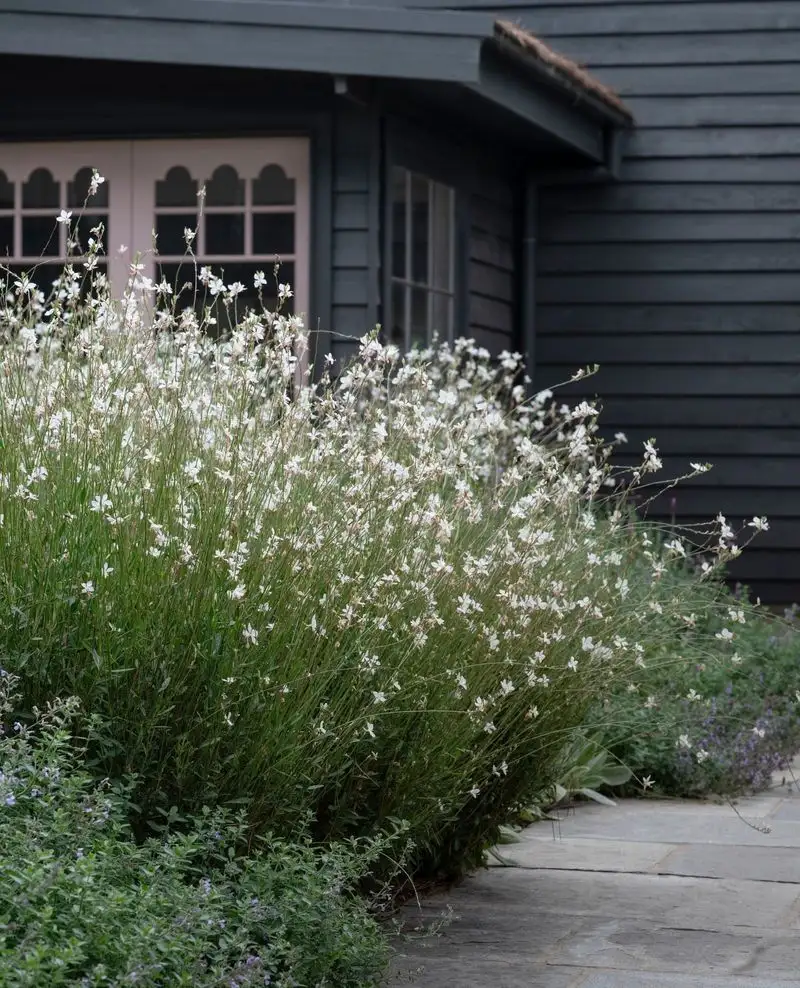
Gaura, often called “Whirling Butterflies,” adds a whimsical touch with its delicate blooms. These plants continue to flower without deadheading, offering a graceful display. Gaura’s airy stems and pink and white flowers create an ethereal effect, perfect for cottage and wildflower gardens. Their drought tolerance and long-lasting blooms make them ideal for low-maintenance landscapes. Gaura’s charm lies in its ability to sway gently with the breeze, adding movement and interest to any garden setting.
Tickseed
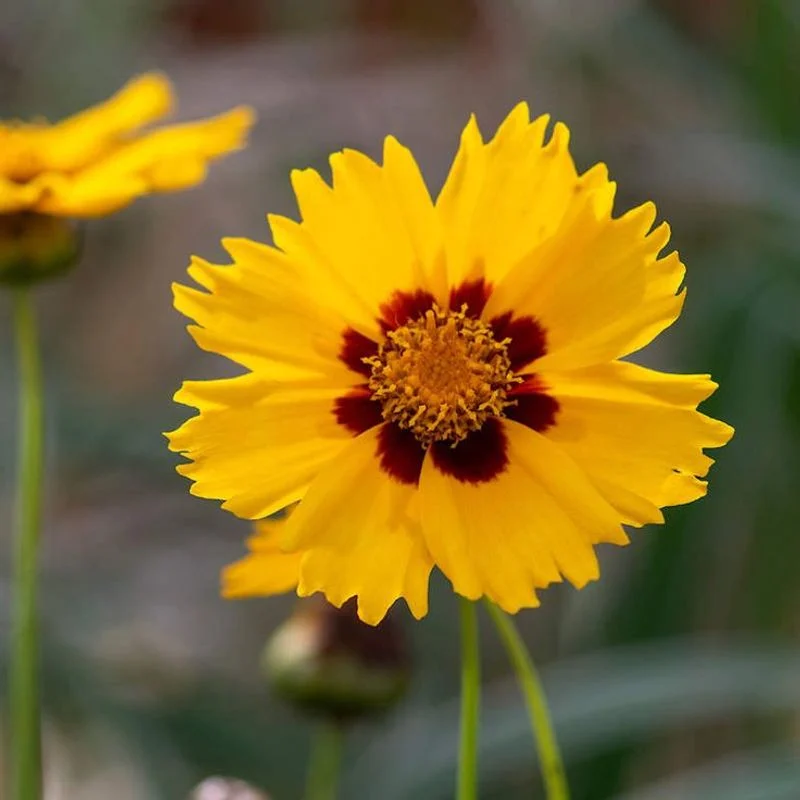
Tickseed offers a cheerful presence with its sunny yellow blooms and lush foliage. These plants are wonderfully low-maintenance, blooming without the need for deadheading. Tickseed’s daisy-like flowers attract butterflies and add brightness to garden beds and borders. Their ability to thrive in various conditions makes them a versatile choice. Allowing tickseed to go to seed can enhance the garden’s wildlife appeal, providing food for birds. Its reliable performance and vibrant display make it a gardener’s favorite.

